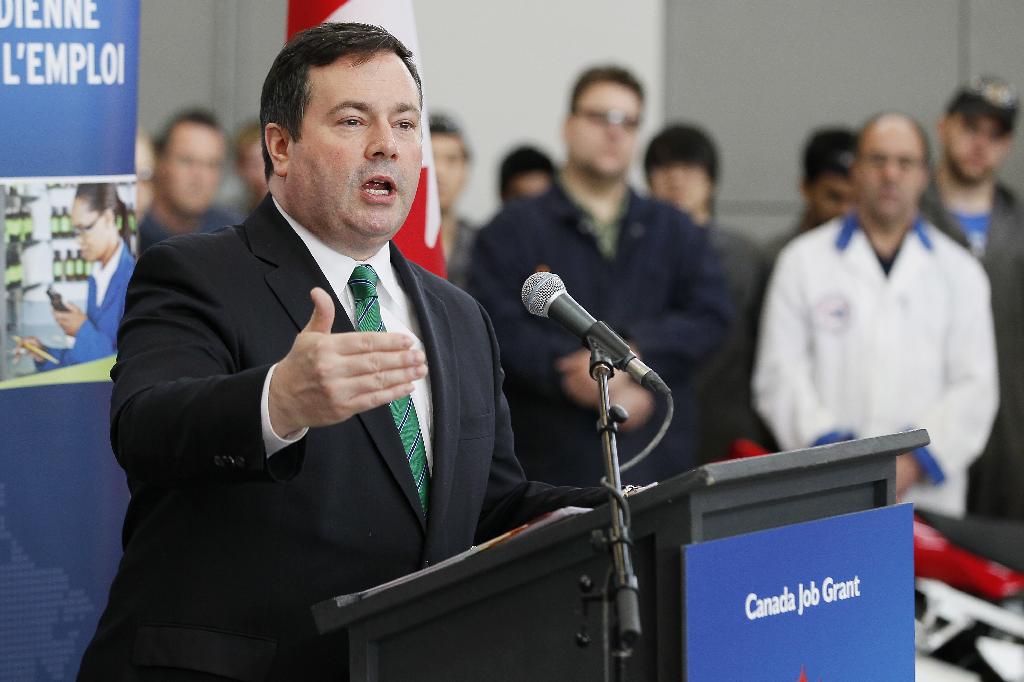A greater number of Canadian students are pursuing higher education leading to a decrease in the low-skilled worker population. This has lead to the growth in the Temporary Foreign Worker Program Program.
A report released by Jean-Denis Fréchette states that more educated Canadians are less likely to apply for positions in the child care, agricultural, and retail/restaurant field. These jobs are traditionally underemployed with higher turnover rates and lower wages. In 2006, 14.6% of the labor force has less than a high-school diploma, which comprises the majority of low-skilled workers’ education level. By 2013, only about 10.3% of the labor force had less than a high-school education.
This has created some difficulty for employers to find suitable candidates at current wages to fill their positions, in turn leading to a significant growth of the temporary foreign worker program in the last 10 years. This is a highly controversial program due to the accusations of alleged abuse of foreign workers by employers. There are also concerns about how much this programs distorts the actual numbers of the labor force.
Although this has lead to major reforms in the programs, limiting employers to fill low skilled positions in areas where unemployment is above 6%, exceptions were made for agricultural workers and live-in caregivers. The reforms also somewhat failed to address the need for higher wages. The report is also incomplete due to a lack of regional data. Many employers who were affected by these reforms have argued against increased wages and the 6% rule stating that there are limitations to how quickly businesses can adapt to new workers and raise wages, since high wages must be met with increasing profit margins.







